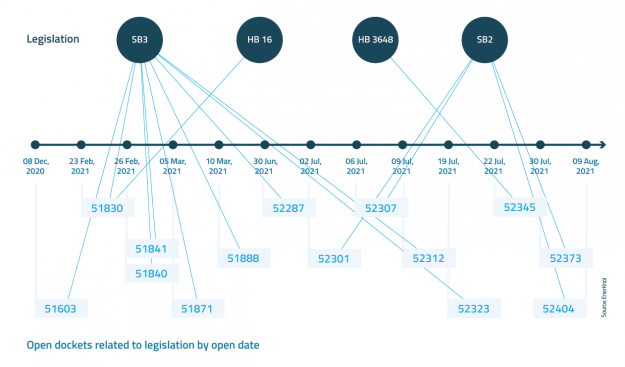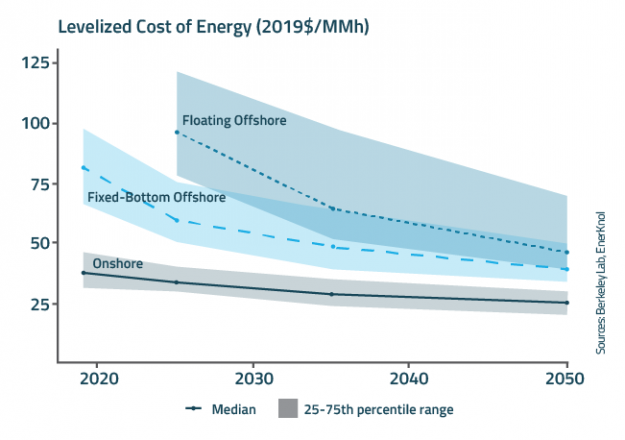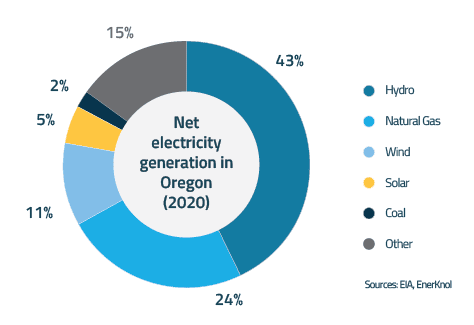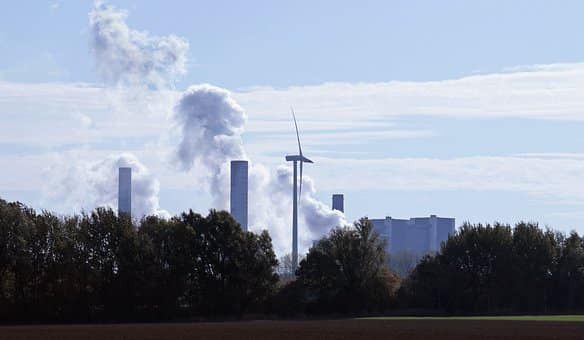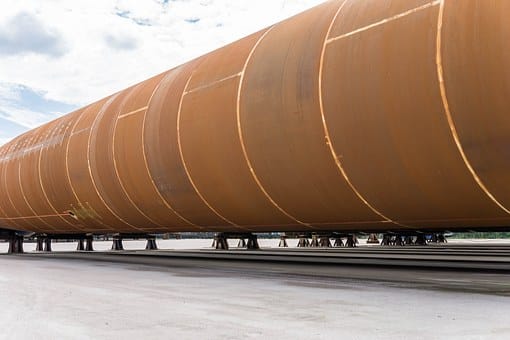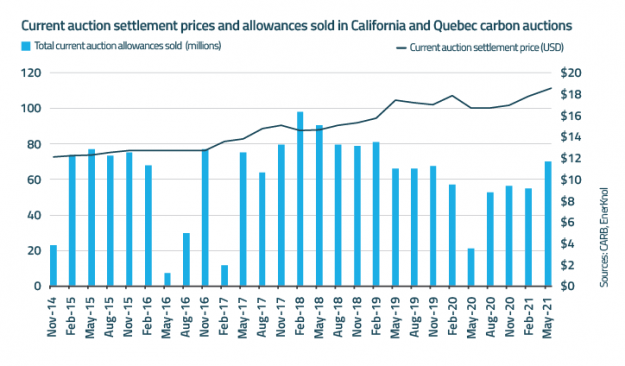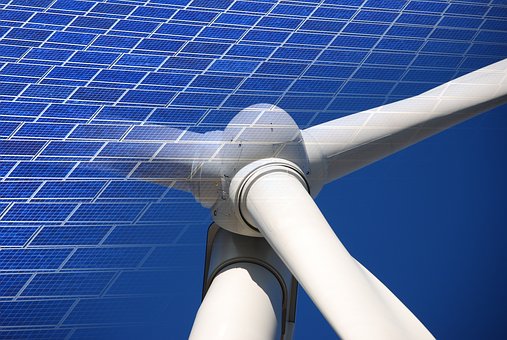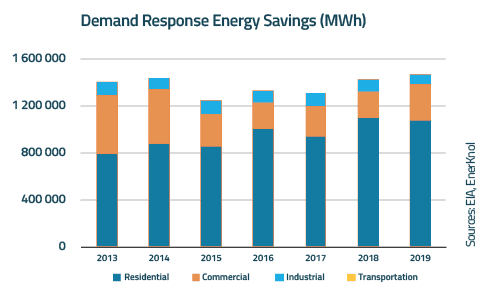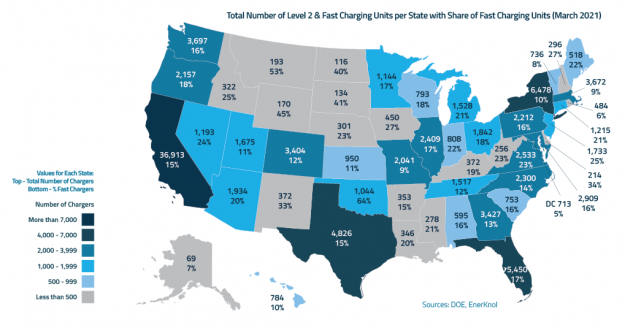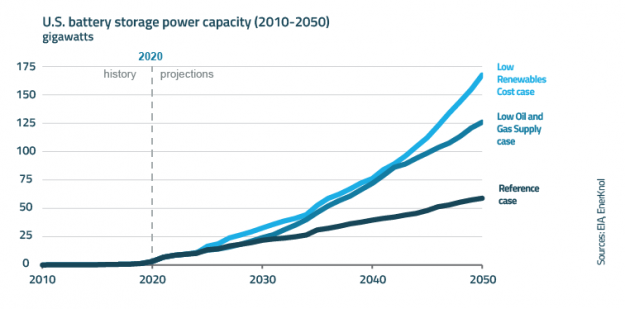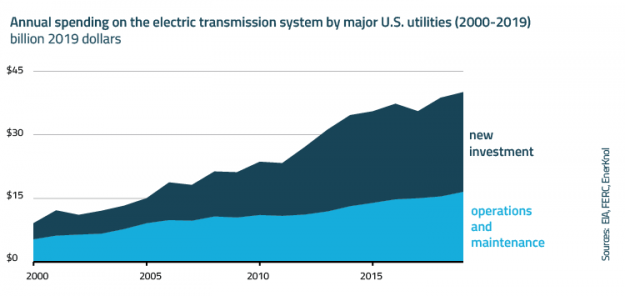EnerKnol Webinar: Cold Weather Reliability
Extreme cold weather conditions were a major factor in multiple grid events that occurred over the last decade, most notably the recent mid-February Winter Storm Uri that affected the south-central U.S., causing widespread outages and forcing natural gas processing plants to shut down. The impacts of these events on electric and gas systems that were unprepared for the challenge has emphasized the need to address cold weather reliability.

